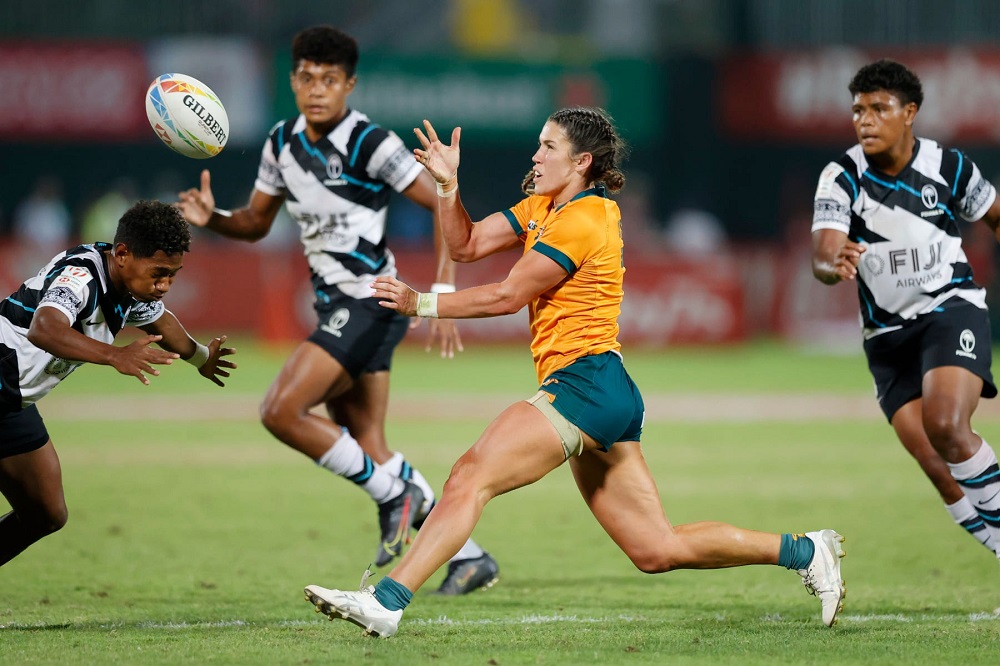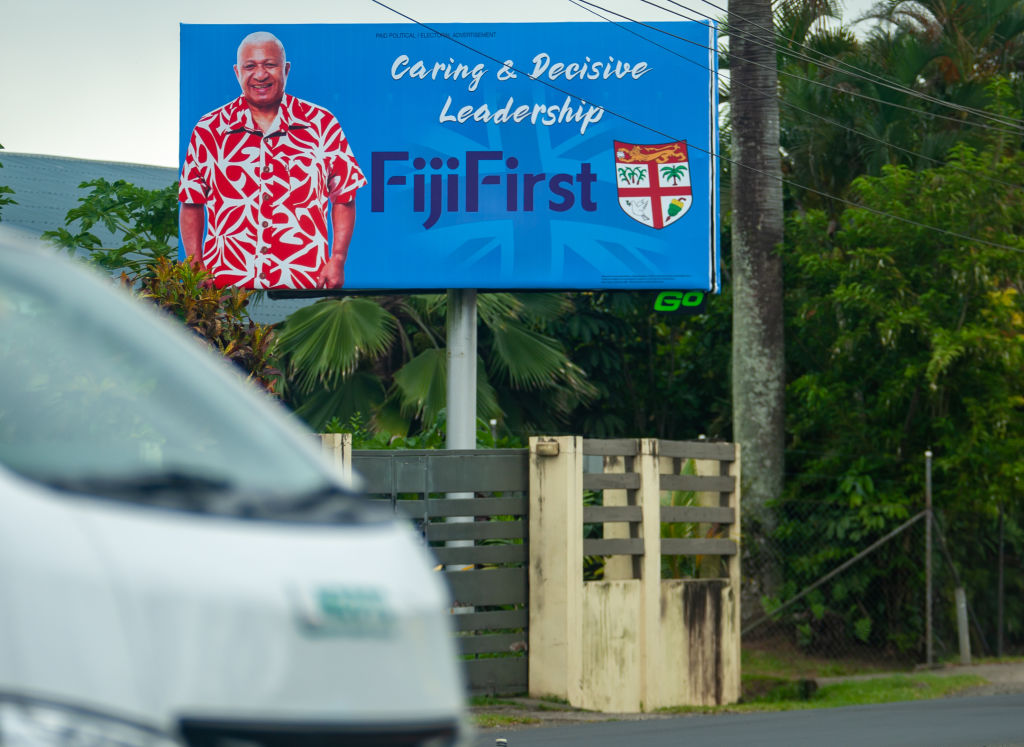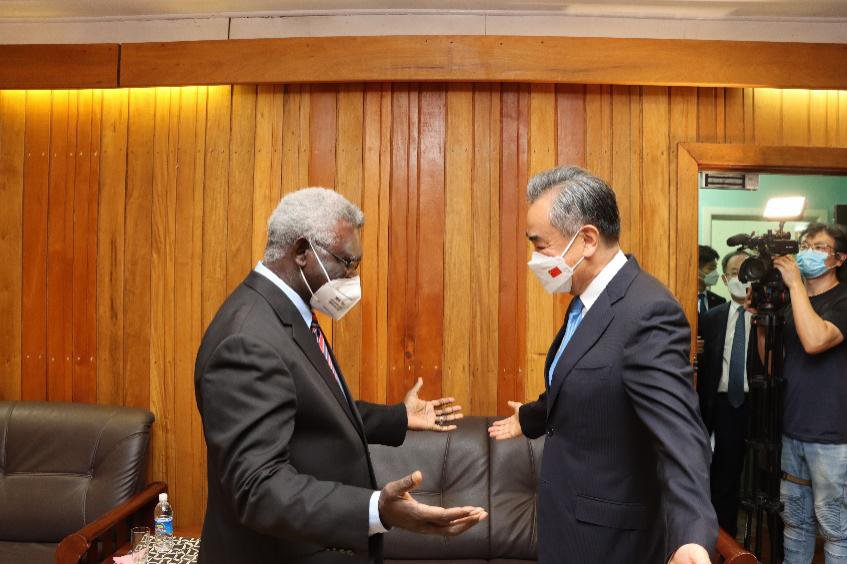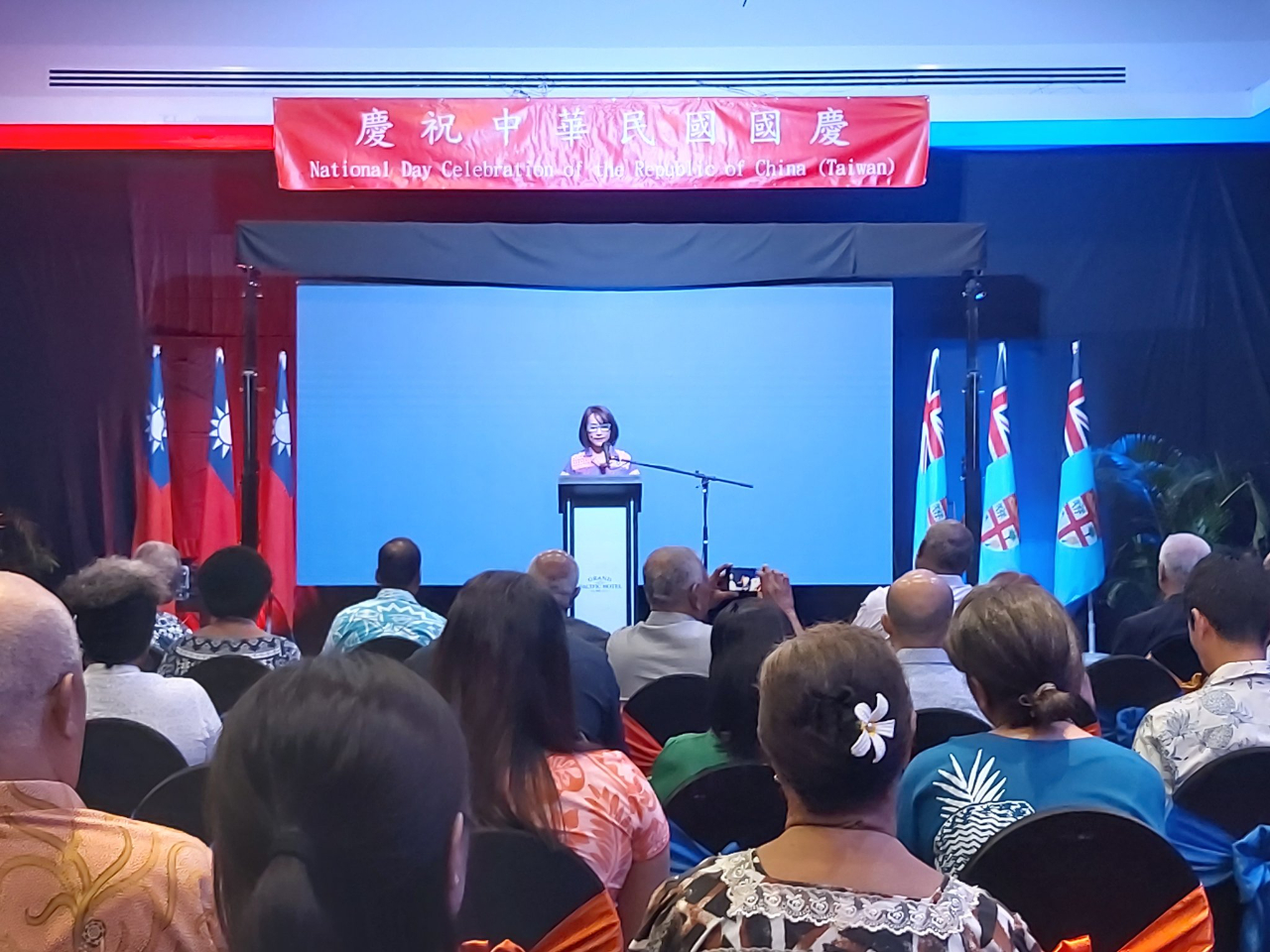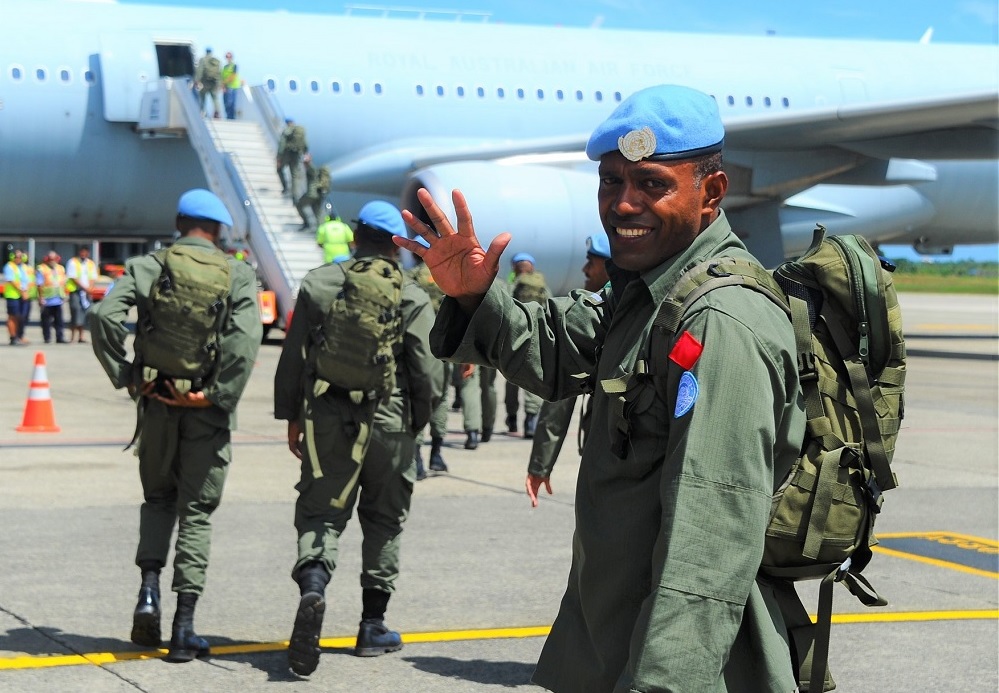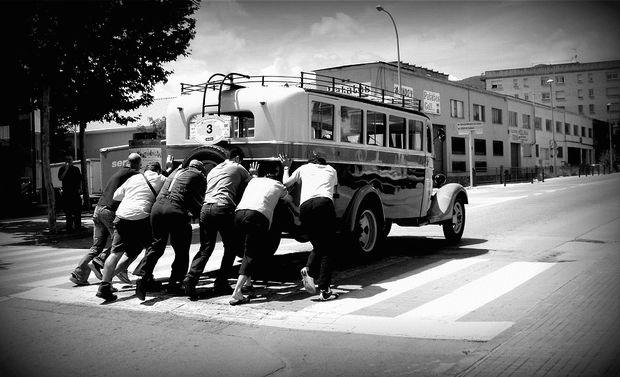Increasing women’s representation in Pacific politics: ‘give it time’ is not the answer
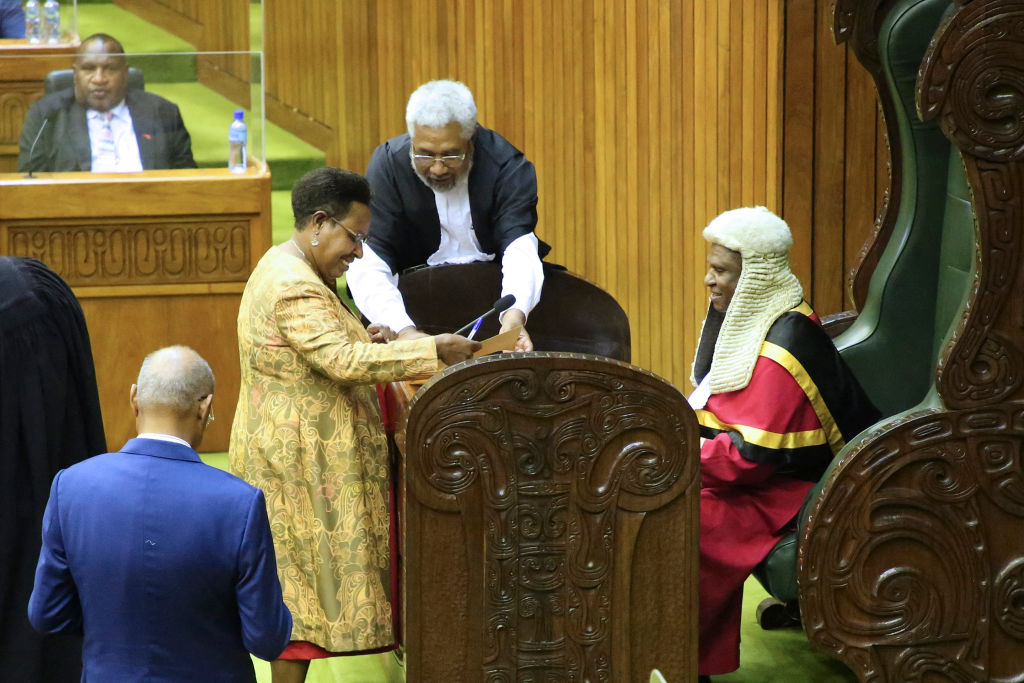
Independent states in the Pacific region have the lowest levels of women’s political representation in the world. Fewer than 7% of Pacific politicians are women, compared with 27% globally. The absence of women’s voices in political decision-making has been consistently raised in regional forums, although progress has been slow. Yet, in November 2022, a milestone was reached: for the first time, there was at least one elected woman in every Pacific parliament.
This seems to validate a common sentiment of ‘give it time’—that women’s political representation in the Pacific is bound to gradually increase. However, the reality is that progress is not guaranteed, and setbacks are common. Elections last year in the region’s two largest states, Papua New Guinea and Fiji, illustrate this clearly.
In PNG’s 2022 national election, of the 3,619 candidates who contested, only 159 were women (4%). Two women—Rufina Peter and Kessy Sawang—were voted in. Their wins came after a five-year period with no women in the PNG parliament (2017–2022). Both Peter and Sawang were highly competitive candidates who had run in 2017 and performed well, both placing third in their respective electorates (Central Provincial and Rai Coast Open).
Similar to previous elections, the 2022 election was rife with electoral malfeasance, and in many electorates voters experienced intimidation and violence. After Peter was declared, Prime Minister James Marape acknowledged the need to improve the electoral system to make it more conducive for women, yet simultaneously squashed any hopes of introducing special measures for women, stating, ‘Ms Peter has shown that you can win any election … Yes, we need to make changes in how the election is run, but Ms Peter has set the bar.’ This response seems to be a dismissal of calls to institute special measures to ensure women’s representation in politics, a position he has maintained since becoming prime minister in 2019.
Peter’s and Sawang’s wins were impressive personal achievements, and testaments to their individual leadership, credibility and strategic approach to political campaigning. Yet the fact remains that PNG’s electoral space is hostile towards women. The number of women in parliament today is lower than it was 45 years ago, after the country’s first post-independence elections.
Meanwhile, Fiji’s 2022 general election was significant because it prompted the first change of government since the 2006 military coup. Despite some concerns, the transfer of power was peaceful. Yet this democratic result was accompanied by a substantial drop in the number of women in Fiji’s parliament. Women made up just 55 (16%) of the 343 candidates. Following the December election, women’s representation declined from 10 out of 51 MPs (19.6%) to six out of 55 MPs (10.9%). After the resignation of Rosy Akbar in February 2023, the number fell to five (9.1%).
Fiji has often been regarded as a positive outlier in terms of women’s representation, consistently appearing at the top of regional league tables. Its strongly institutionalised political party system—relatively unusual in the region—and, since 2014, its proportional representation voting system, have been viewed as beneficial for women candidates. It also has relatively high numbers of women in party leadership, and has had women deputy prime ministers and leaders of the opposition before (although a woman has never been appointed prime minister). Yet the 2022 election is evidence that gains in women’s representation are never assured.
In both the PNG and Fiji general elections, the proportion of women candidates contesting declined. This is perhaps unsurprising given that candidates in successive elections have expressed frustration with the process. In PNG, women candidates in 2017 and 2022 alleged that fraud and manipulation, along with problems with electoral administration, hurt their electoral chances. In Fiji, women candidates across multiple elections have reported vicious online harassment. A recent study highlighted how violence against women in politics affected women’s political participation and ambition in Pacific island countries, including PNG and Fiji. This is another sign that gradual increases—in either the number of women elected or the number of women contesting elections—are far from guaranteed.
Both Marape and Prime Minister Sitiveni Rabuka of Fiji have acknowledged the issue of underrepresentation of women in politics. But what is the solution? Institutional measures such as gender quotas are an option, and have been successful in raising the numbers of elected women in parliaments across the world. Such measures are not frequently used in the Pacific, however, and have been subject to backlash and manipulation. Neither the Fiji nor the PNG government has shown much enthusiasm for introducing parliamentary gender quotas.
But quotas are just one option in the political toolkit to increase women’s representation, and throughout the region coalitions like the Fiji Women’s Forum and PNG’s ‘Vote Women for Change‘ movement are developing innovative and locally led approaches to tackling the issue. Supporting these efforts is important, as is, crucially, maintaining pressure on the male-dominated governments of the Pacific region to ensure the underrepresentation of women in parliaments doesn’t drop off the political agenda.
It is not enough to sit back and wait for change to happen. The history of women’s political representation in the Pacific region tells us that progress is not guaranteed—it has to be guarded, and continually fought for.

